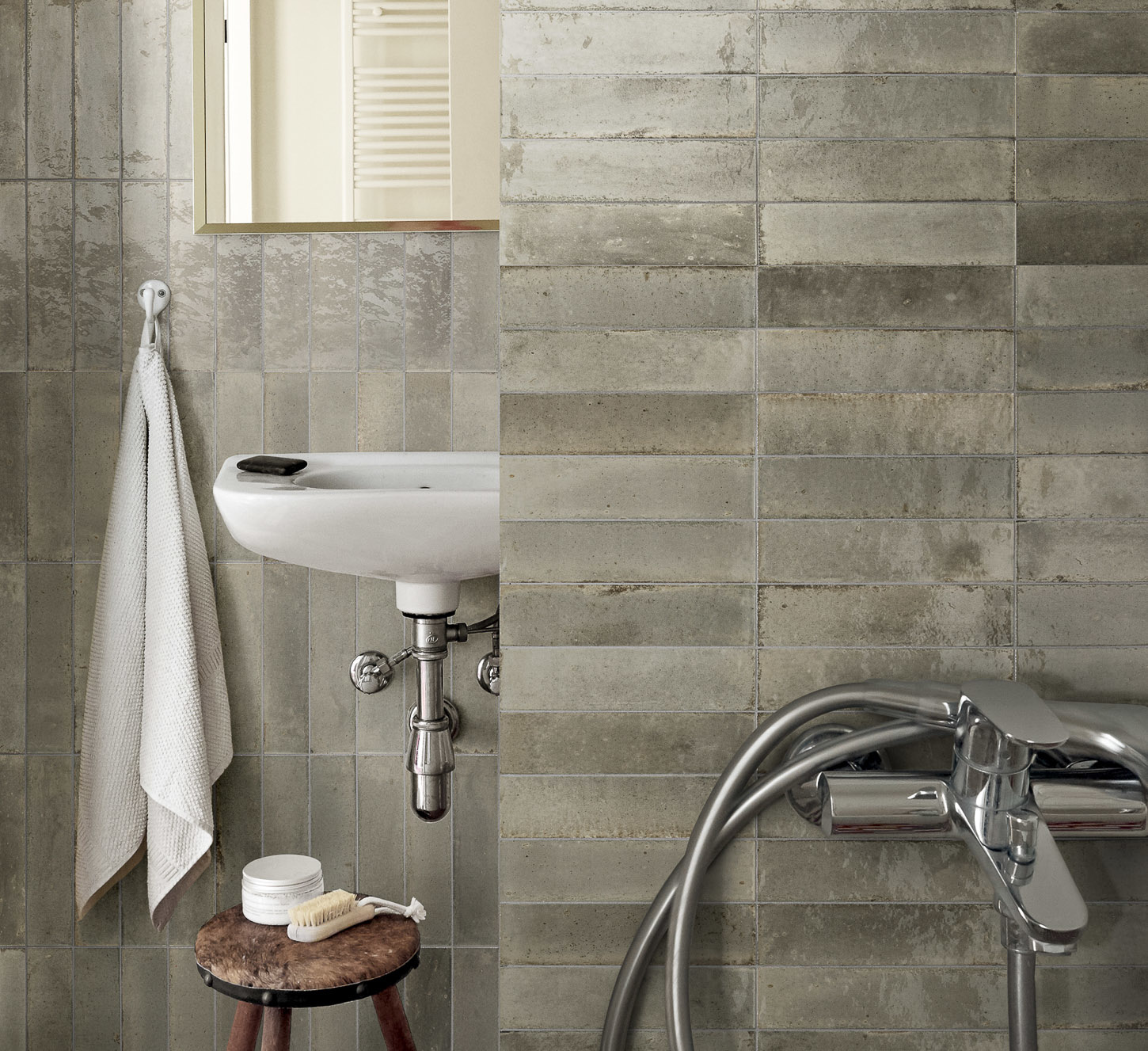When preparing for a tiling project, you’ll want to anticipate every hurdle that may arise amidst a renovation. These could range from running out of your tile supply or grout, finding broken tiles in your collection, having excess tiles, and so on.
And naturally, there are simple solutions to each: purchasing extra tiles and grout supplies so that you have extra in case of damages and/or shortages, and upcycling those extra tiles or keeping them on hand in case of accidents.
Something that you may have yet to anticipate, and frankly, might not have ever heard of, is tile shade variation, which may or may not occur depending on the type of tiles you get, the finish on the tiles, etc.
But you might be thinking…
What is tile shade variation?
Typically, when you purchase a collection of tiles, there are very few deviations between them — which is to be expected, given that they’re manufactured and shipped from the same place. But sometimes, when receiving a pack of tiles, you may notice that some of the tiles may be slightly off in colour and/or texture, whether to an extreme degree or slightly noticeable.
This is referred to as tile shade variation, where tiles can differ in shades from varying intensities and quantities. Although the tiles may be the same product, certain materials can undergo variances during production, resulting in the shade range.
As they increase on the shade variation scale, the tones and colours may be slightly off between individual tiles, sometimes a collection can have many distinctions throughout the individual tiles.
The shade variation scale
Tile shade variation is measured on a scale from V0 to V4.
V0 [Very Uniform Appearance]: Little to no variations in the tiles. When placed next to one another, the tiles create a smooth, streamlined surface with minimal texture variances — perfect for a monochromatic look.
V1 [Uniform Appearance]: The lowest number of differences from tile to tile without being perfect. While still having deviations, the similarities between each tile heavily outweighs any insignificant difference.
V2 [Slight Variation]: When looking at each tile, there’s a slight difference between them. This isn’t to suggest that the tiles look like they’re from different sets and packaged together — rather, the tiles are all relatively the same, but there are distinguishable contrasts.
V3 [Moderate Variation]: There are clear and intentional differences between the tiles, but not so much that they seem wildly dissimilar or part of varying collections. An example of this could be marble tiles with different marble patterns on each of the tiles and different colours — they appear as one collective but aren’t the same from tile to tile.
V4 [Substantial Variation]: The tiles differ in pattern, colours, tones, and so on. The differences can easily be seen when lying the tiles next to each other, so much so that in some cases the tiles can look like they were thrown together from different collections. While the degree of variety can vary, those in V4 show undeniably distinct qualities.
Solutions for tile shade variations
There are many ways you can use shade variations to your advantage, should you get tiles on each of the levels of the shade variation scale.
A simple solution that coincides with the solution for other potential project mishaps is to simply purchase extra packages of your desired tile. This way, you have more flexibility in terms of switching out unwanted tiles. This would be the case if you receive a collection that ranges anywhere between the V1 to V3 shade variation.
Another idea could be leaning into the variation and creating mosaic type of design with your tiles. Who’s to say that the shade variation has to be an accident? Utilize the different shades you have and give your kitchen backsplash a unique design.
If you’re adamant about your tile collection being on any part of extreme parts of the scale (entirely the same or wildly different), our experts at any of our Tile Town locations can provide you with a mock-up or answer any questions regarding worries you may have about tile shade variation.
